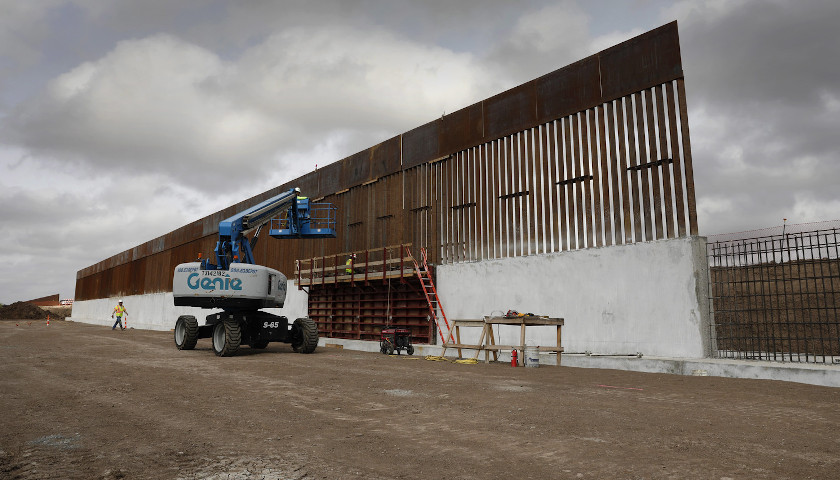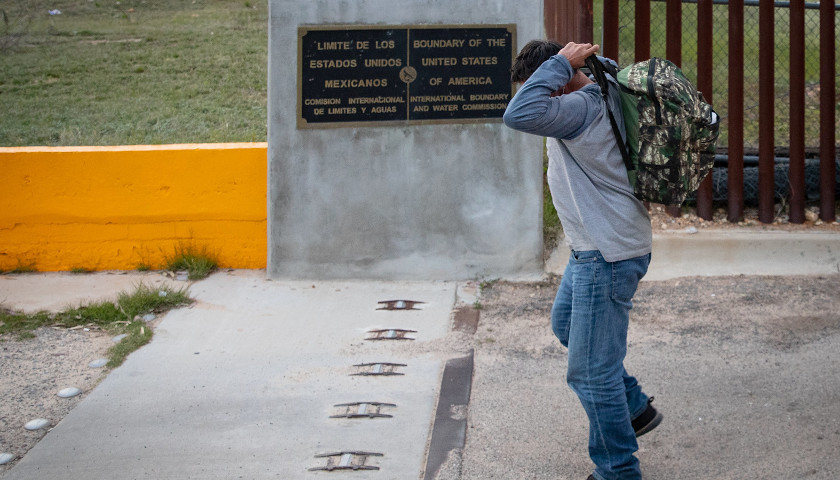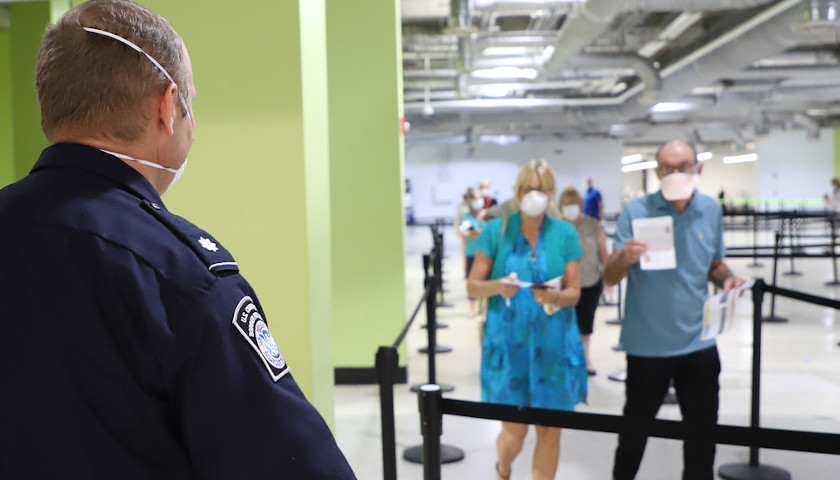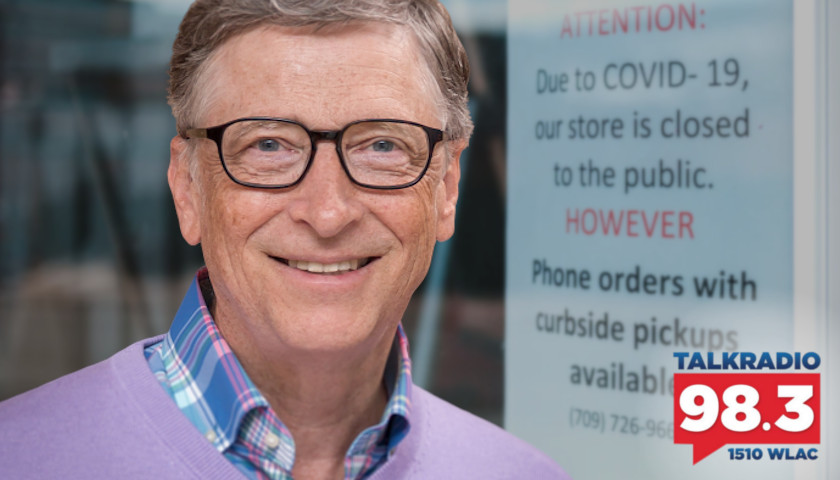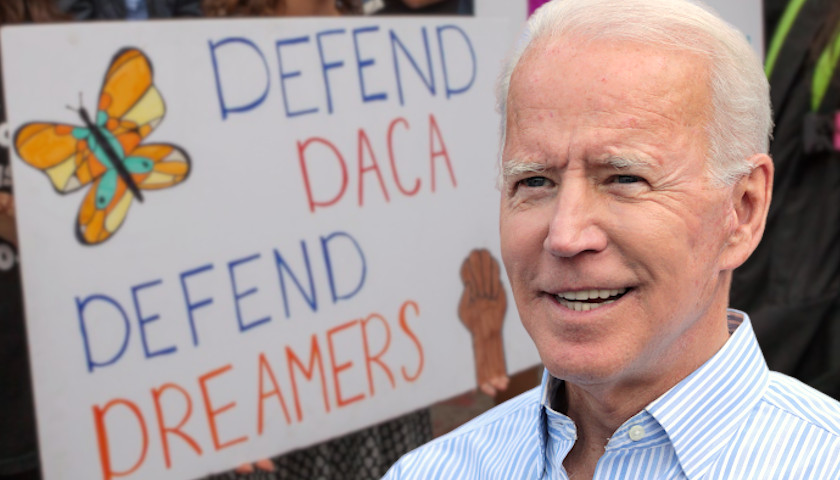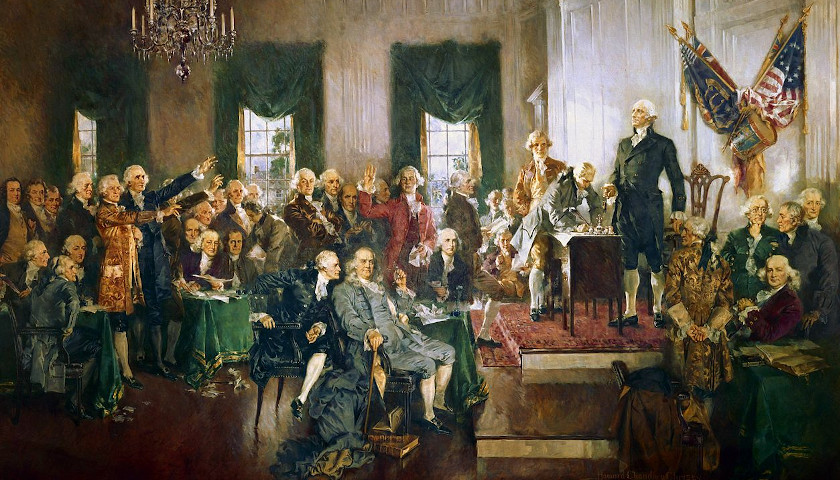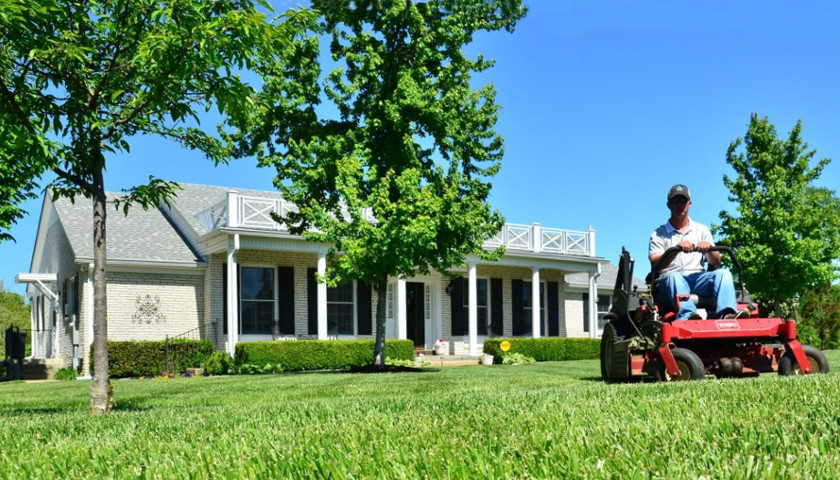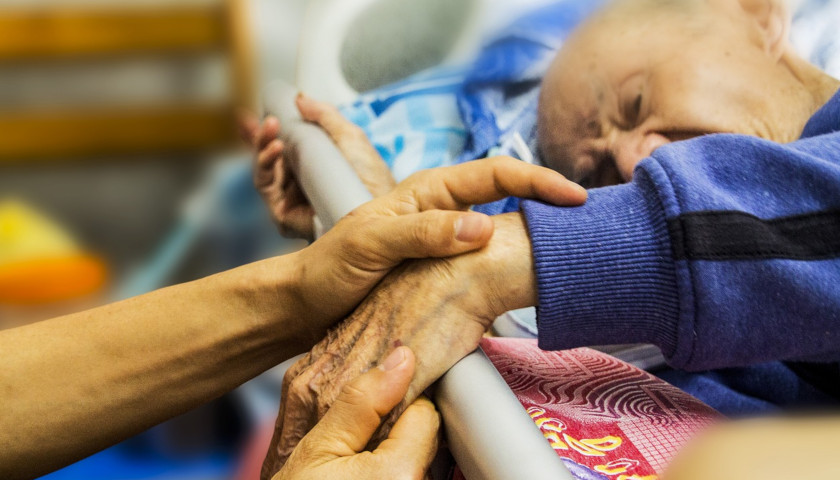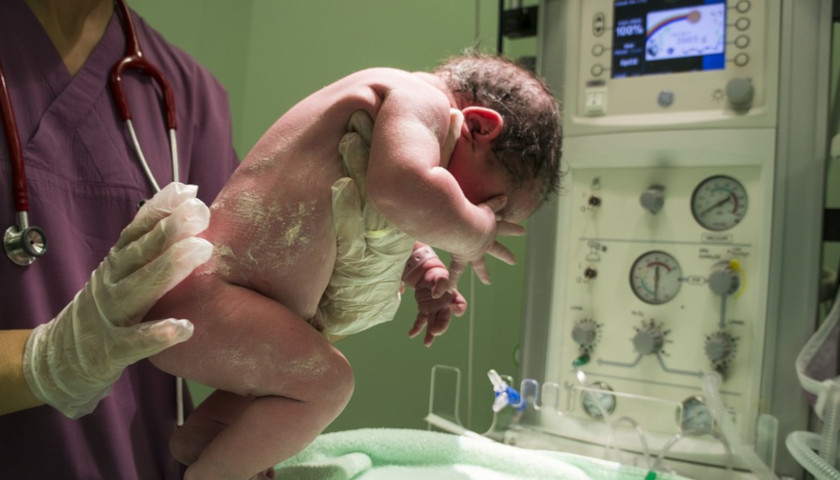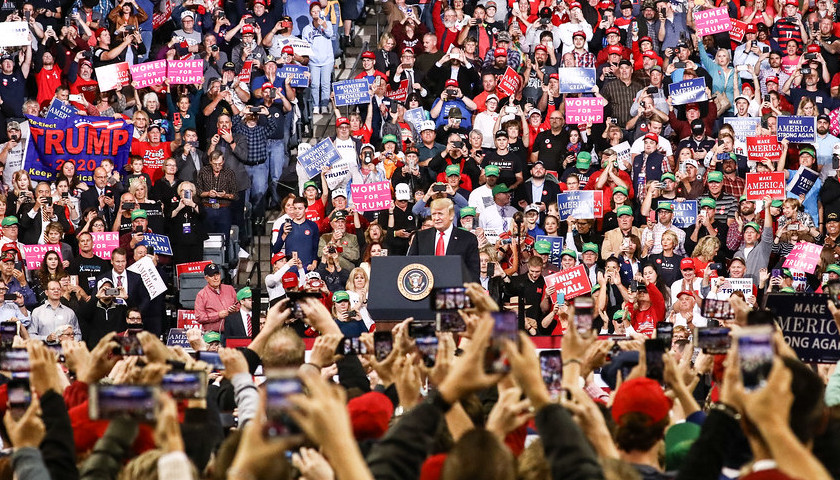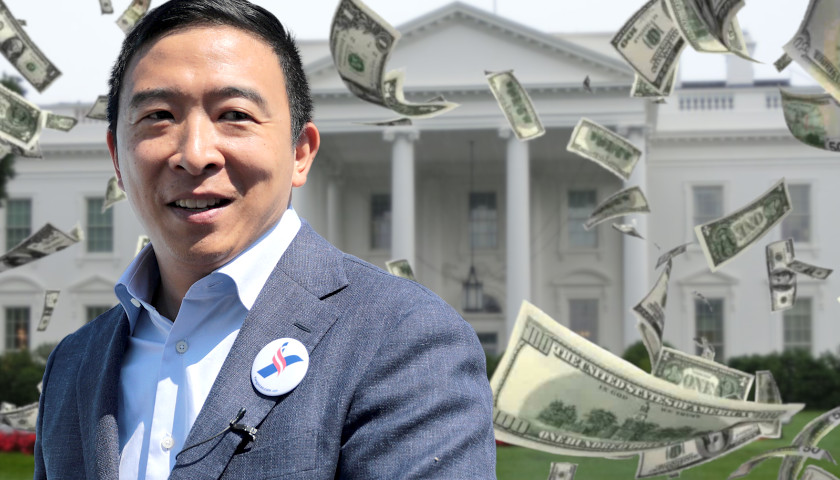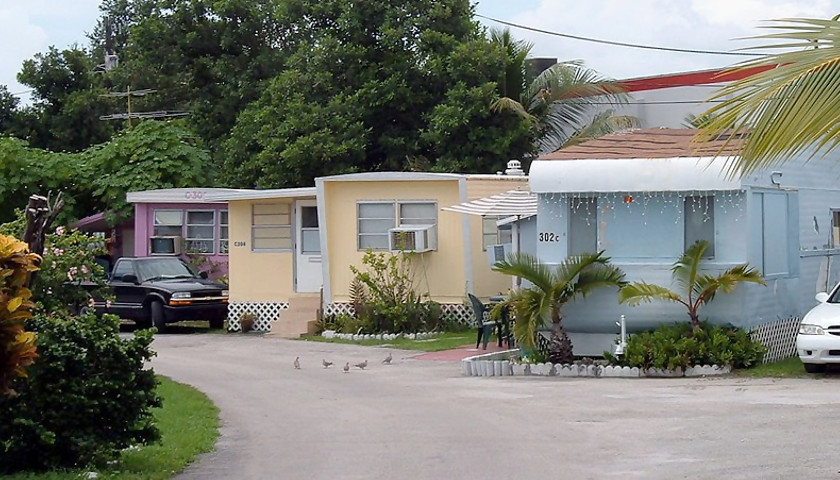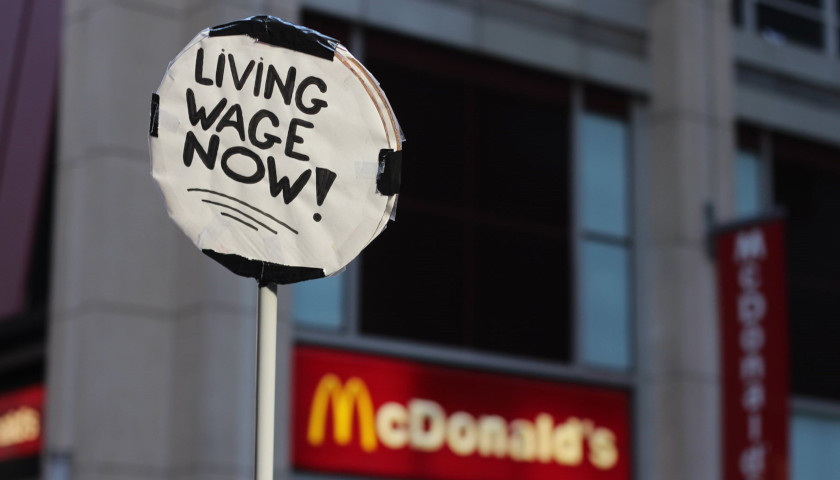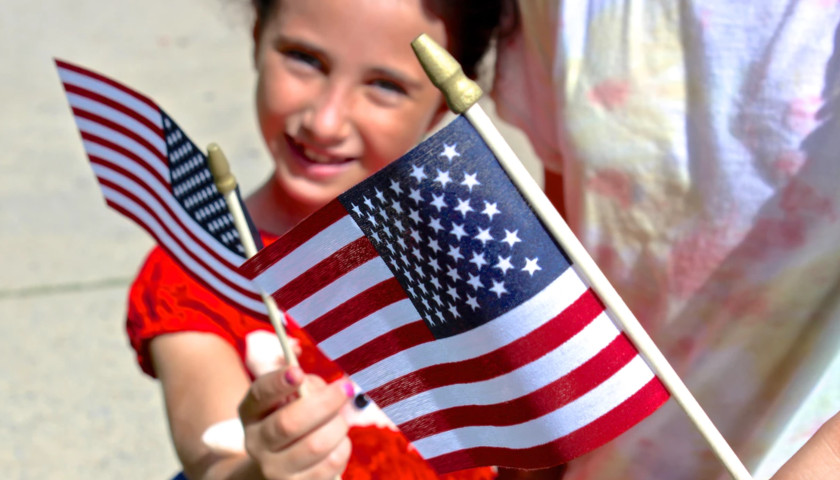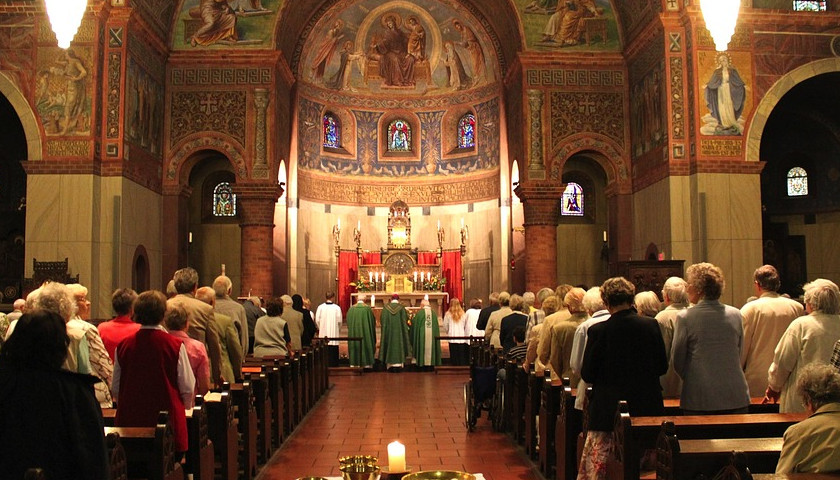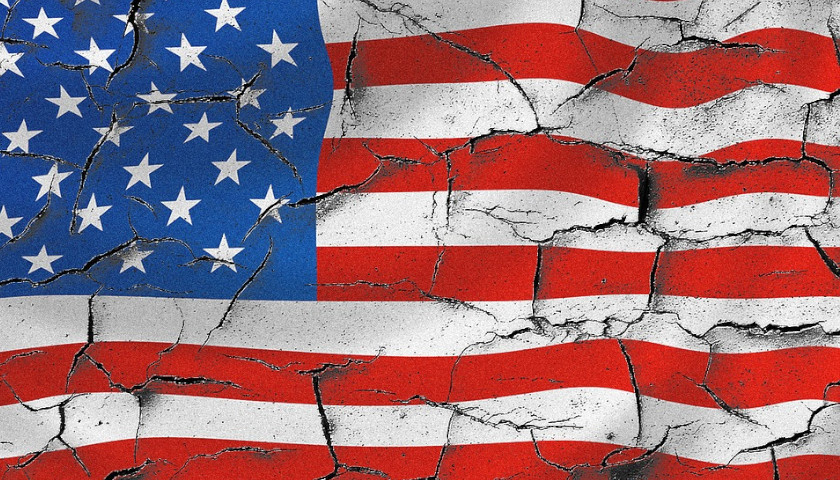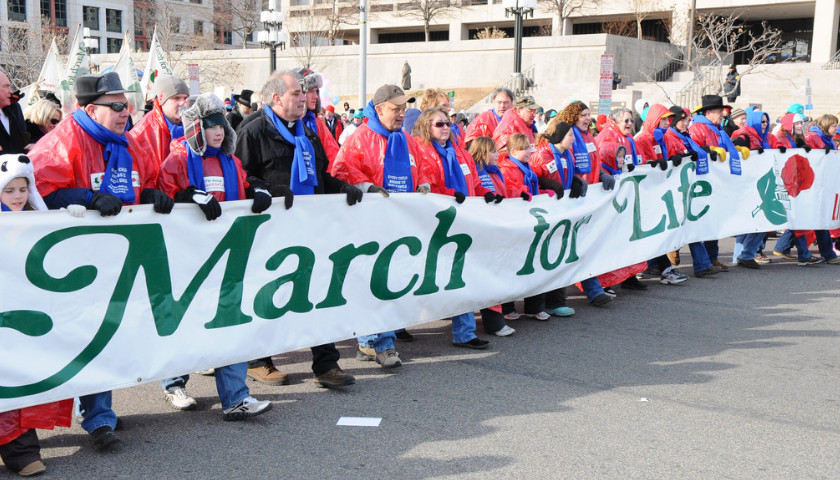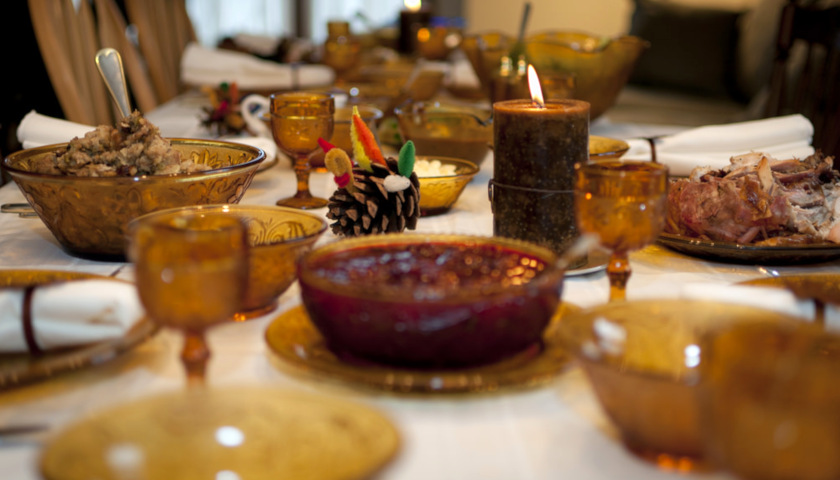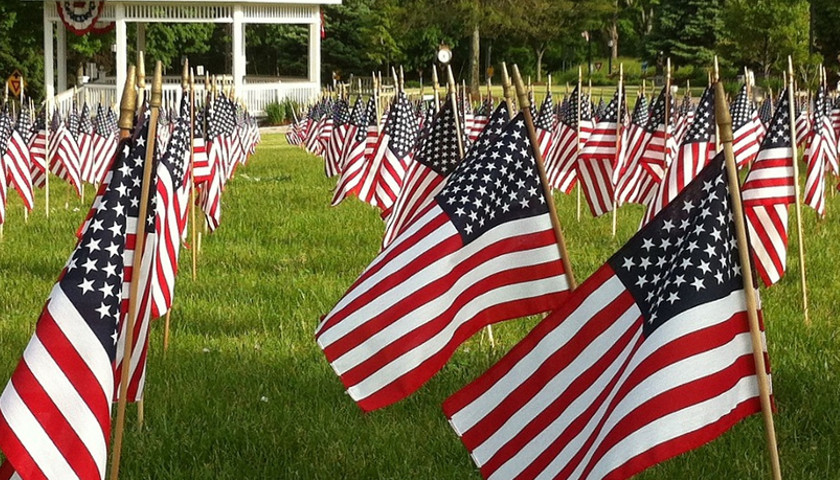by Courtney Joyner A poll released Tuesday just ahead of the 46th March for Life demonstration in Washington, D.C, shows the majority of Americans support tighter restrictions on abortion, and would even like to see the landmark Roe v. Wade decision “reinterpreted” to allow more restrictions. The annual survey conducted by Marist in partnership with the Knights of Columbus, a Catholic fraternal organization, reveals that three-quarters of Americans oppose taxpayer funding for abortion abroad, even though 55 percent of Americans polled identify as pro-choice. Additionally, 75 percent of Americans—including those who identify as Republican (92 percent), Democrat (60 percent), and independent (78 percent)—said abortion should be limited to the first three months of pregnancy. “As in past years, this poll shows that the pro-choice label on the abortion issue is simply insufficient,” said Knights of Columbus CEO Carl Anderson in a statement. “The majority of Americans—in both parties—support legal restrictions on abortion,” Anderson added. “Two-thirds of Americans want Roe revisited to allow for state regulation of abortion or to ban it altogether. The majority of the American people deserve to have their opinions heard.” Now in its 11th year, the poll, which randomly selected and surveyed 1,066 American adults…
Read the full story

